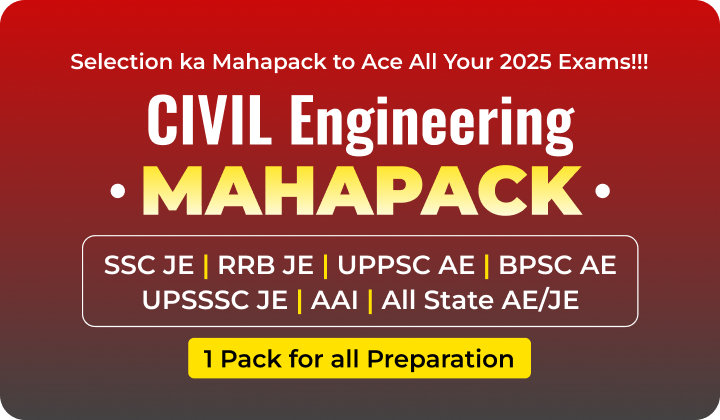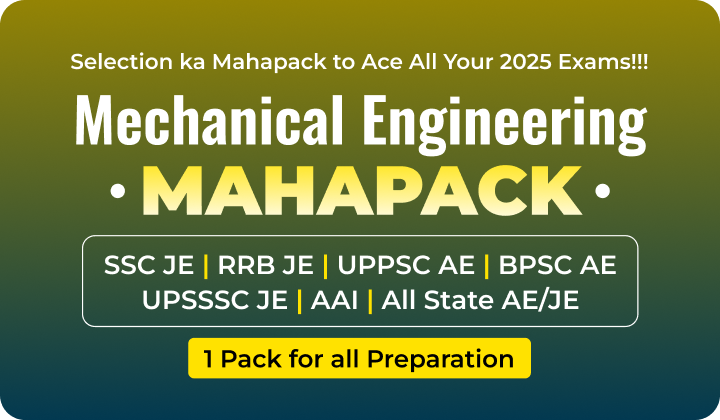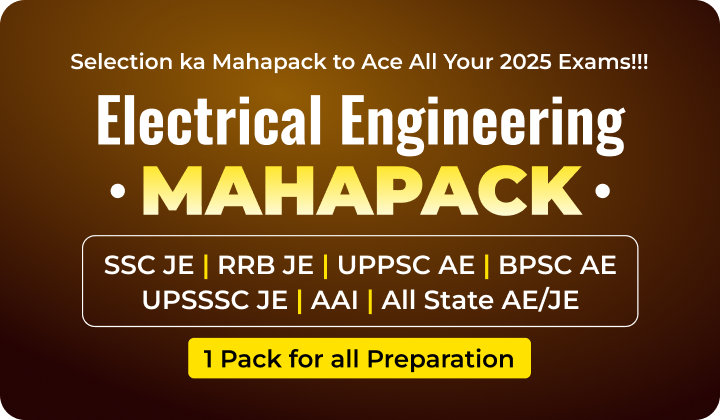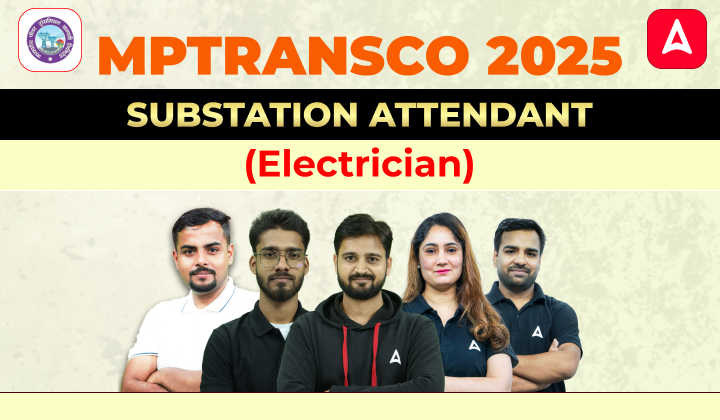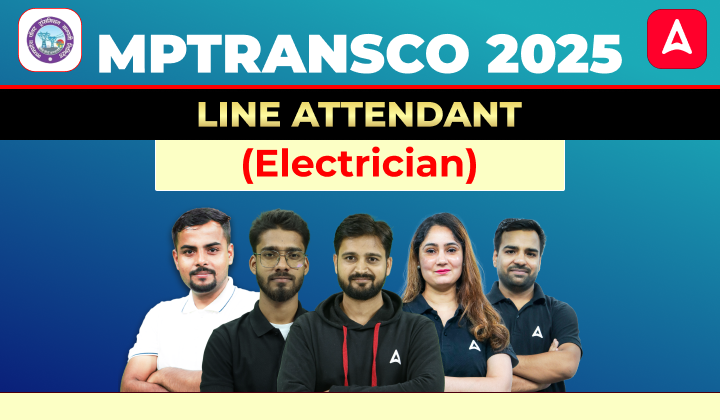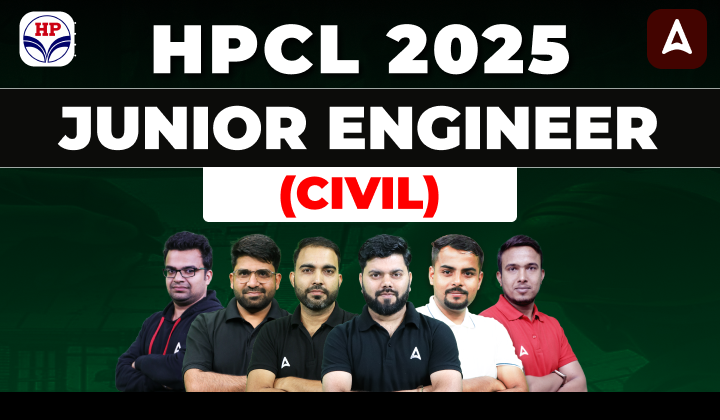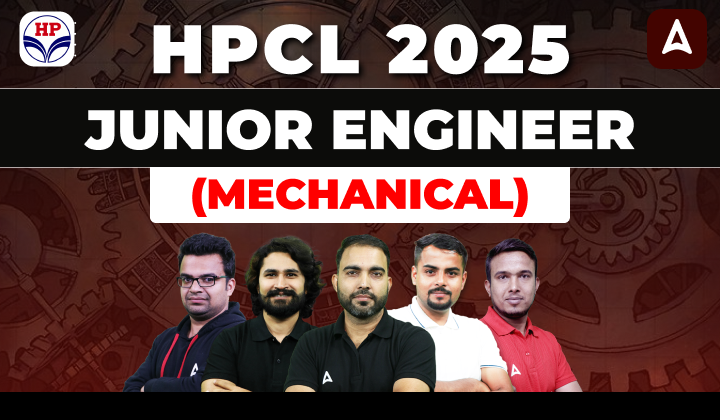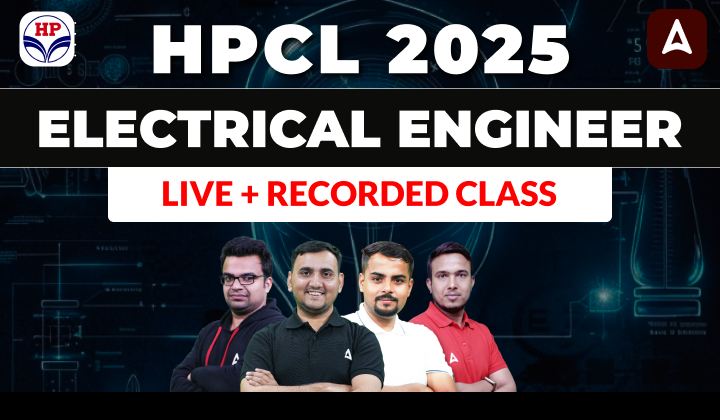Table of Contents
The Indian Institute of Technology Guwahati (IIT Guwahati) will conduct the GATE exam in February 2026. Every year, many students take the GATE exam to get admission into postgraduate courses like M.E., M.Tech., and Ph.D. at top institutes such as IITs, NITs, IIITs, and others. GATE scores are also used by several public sector companies for recruitment. To do well in the GATE 2026 exam, especially for the Civil Engineering branch, candidates need to be familiar with the latest syllabus. The GATE Civil Engineering Syllabus 2026 provides a clear outline of all the topics that will be covered in the exam. We have provided the complete syllabus here to help students prepare more effectively. Make sure to go through it carefully and bookmark this page for future updates on GATE and other important engineering exams.
GATE Civil Engineering Syllabus 2026
IIT Guwahati is going to conduct the GATE 2026 Exam in February 2026 to offer admission to Master’s Programs like M.E./M. Tech/Ph.D. at the IITs, NITs, IIITs, and CFTIs & jobs in Public Sector Undertakings. Knowing the syllabus will help the candidates know which topics they have to focus more on. The candidates must know the GATE Civil Engineering Syllabus 2026 to plan their preparation strategy to score good marks in the GATE Exam 2026.
GATE Civil Syllabus 2026
The GATE Civil Engineering Syllabus 2026 gives you a proper understanding of the subjects and topics to be covered in the GATE Exam. For the sake of the convenience of candidates, we have shared the detailed GATE Civil Syllabus 2026 here. Go through the complete GATE 2026 Civil Syllabus given below and bookmark this website for further Engg Exam Updates.
GATE Civil Engineering Syllabus 2026-Overview
Candidates going to appear for the GATE 2026 Exam must look at the detailed overview of the GATE Civil Engineering syllabus 2026 mentioned in the section below:
| GATE Civil Syllabus 2026 | |
| GATE Full Form | Graduate Aptitude Test for Engineering (GATE) |
| GATE Conducting Authority | Indian Institute of Technology Guwahati |
| GATE 2026 Total No. of Papers | 30 (Data Science & Artificial Intelligence added) |
| GATE 2026 Starting Date of Application | To Be Notified |
| GATE 2026 Last Date of Application(without late fees) | To Be Notified |
| Mode of Exam | Computer-Based Test (CBT) |
| Number of Questions Asked | 65 |
| GATE 2026 Marks Distribution | 15 Marks (General Aptitude) + 85 Marks (Subject Questions)= 100 Marks (Total) |
| GATE Exam Language | English |
| GATE 2026 Marking Scheme | One Mark and Two Marks |
| GATE Civil Syllabus 2026 | Available Now |
| Negative Marking | Yes (for MCQ & MSQ) |
| GATE Official Website | www.iitg.ac.in |
GATE Exam 2026
The Graduate Aptitude Test in Engineering is one of the most reputed and popular examinations in India. It opens so many opportunities for Engineering Graduates to grow their careers. GATE Exam 2026 is an online computer-based standardized test conducted at the national level to examine the understanding of students in subjects like Engineering and Science. The purpose of the GATE Exam is to provide admission to PG Programs & the GATE Score is accepted for offering PSU Jobs to candidates in their respective domains.
Check: Benefits of the GATE Exam
GATE Civil Engineering Syllabus 2026
The Graduate Aptitude Test in Engineering will be organized by IIT Guwahati for 30 different disciplines. The GATE Exam 2026 aims to offer PSU Jobs and admissions to top institutions of the country in the Master’s Program. Candidates aiming to crack the GATE Civil Engineering Paper must be well-versed in the syllabus to get familiar with the exam. The aspirants must check the topic-wise GATE Civil Engineering Syllabus 2026 discussed here to ace their preparation.
Check: How to Use a Virtual Calculator in the GATE Exam?
GATE Civil Engineering Exam Pattern 2026
The GATE 2026 Exam consists of three sections, namely general aptitude, engineering mathematics, and subject-specific papers. All the questions in the GATE Civil Paper will be of three types, viz. MCQ, MSQ, and NAT. The aspirants must be well-versed in the GATE Exam Pattern 2026 Civil Engineering to understand the complete blueprint of the question paper.
You must check the GATE 2026 Civil Exam Pattern tabulated here in a brief manner to get familiar with the scheme of the paper. Check the detailed GATE Exam Pattern 2026 Civil Engineering mentioned in the section below:
| GATE Civil Engineering Exam Pattern 2026 | |
| GATE 2026 Exam Mode | Computer-Based Test (Online) |
| GATE 2026 Exam Duration | 3 Hours |
| No. of Subjects | 30 Subjects |
| GATE 2026 Total Marks | 100 Marks |
| GATE Exam 2026 Number of Questions Asked | 10 (GA) + 55 (subject) = 65 Questions |
| GATE Exam 2026 Type of Questions | Multiple Choice Questions (MCQs), Multiple Select Questions (MSQs), and Numerical Answer Type Questions (NATs) |
Click Here – GATE 2026 Complete Study Kit
GATE Civil Engineering Syllabus PDF
The candidates can download the GATE Syllabus PDF for Civil Engineering through the direct link provided below. The GATE Civil Engineering Syllabus PDF contains the topic-wise syllabus of all the sections briefly for the ease of candidates. By knowing the GATE Civil Syllabus, aspirants can plan and strategize their preparation journey to score the desired marks and rank in the GATE Examination 2026.
GATE Civil Engineering Syllabus 2026 PDF- Click Here to Download
GATE Civil Engineering Syllabus 2026 In Detail
Section 1- Engineering Mathematics
Linear Algebra
- Matrix algebra
- Systems of linear equations
- Eigenvalues and Eigen vectors
Calculus
- Functions of a single variable
- Limit, continuity, and differentiability
- Mean value theorems
- Local maxima and minima
- Taylor series
- Evaluation of definite and indefinite integrals
- Application of the definite integral to obtain area and volume
- Partial derivatives
- Total derivative
- Gradient
- Divergence and Curl
- Vector identities
- Directional derivatives
- Line, Surface and
- Volume integrals
Ordinary Differential Equation (ODE)
- First-order (linear and non-linear) equations
- Higher order linear equations with constant coefficients
- Euler-Cauchy equations
- Initial and boundary value problems
Partial Differential Equation (PDE)
- Fourier series
- Separation of variables
- Solutions of one-dimensional diffusion equation
- First and second-order one-dimensional wave equations and
- Two-dimensional Laplace equation
Probability and Statistics:
- Sampling theorems
- Conditional probability
- Descriptive statistics – Mean, median, mode, and standard deviation
- Random Variables – Discrete and Continuous
- Poisson and Normal Distribution
- Linear regression
Numerical Methods
- Error analysis
- Numerical solutions of linear and non-linear algebraic equations
- Newton’s and Lagrange polynomials
- Numerical differentiation
- Integration by trapezoidal and
- Simpson’s rule
- Single and multi-step methods for first-order differential equations
Section 2- Structural Engineering
Engineering Mechanics
- System of forces
- Free-body diagrams
- Equilibrium equations
- Internal forces in structures
- Frictions and its applications
- Centre of mass
- Free Vibrations of undamped SDOF system
Solid Mechanics
- Bending moment and shear force in statically determinate beams
- Simple stress and strain relationships
- Simple bending theory
- Flexural and shear stresses
- Shear center
- Uniform torsion
- Transformation of stress
- Buckling of the column
- Combined and direct bending stresses
Structural Analysis
- Statically determinate and indeterminate structures by force/ energy methods
- Method of superposition
- Analysis of trusses
- Arches
- Beams
- Cables and frames
- Displacement methods: Slope deflection and moment distribution methods
- Influence lines
- Stiffness and flexibility methods of structural analysis
Construction Materials and Management
- Construction Materials
- Structural Steel – Composition
- Material properties and behavior
- Concrete – Constituents
- Mix design
- Short-term and long-term properties
- Construction Management: Types of construction projects
- Project planning and network analysis – PERT and CPM
- Cost estimation
Concrete Structures
- Working stress and Limit state design concepts
- Design of beams
- Slabs, columns
- Bond and development length
- Prestressed concrete beams
Steel Structures
- Working stress and Limit state design concepts
- Design of tension and compression members
- Beams and beam-columns
- Column bases
- Connections – simple and eccentric
- Beam-column connections
- Plate girders and trusses
- Concept of plastic analysis -beams and frames
Section 3- Geotechnical Engineering
Soil Mechanics
- Three-phase system and phase relationships
- Index properties
- Unified and Indian standard soil classification system
- Permeability – one-dimensional flow
- Seepage through soils – two – dimensional flow
- Flow nets
- Uplift pressure
- Piping
- Capillarity
- Seepage force
- Principle of effective stress and
- Quicksand condition
- Compaction of soils
- One- dimensional consolidation
- The time rate of consolidation
- Shear Strength
- Mohr’s circle
- Effective and total shear strength parameters
- Stress-Strain characteristics of clays and sand
- Stress paths
Foundation Engineering
- Sub-surface investigations – Drilling boreholes
- Sampling, plate load test
- Standard penetration and cone penetration tests
- Earth pressure theories – Rankine and Coulomb
- Stability of slopes – Finite and infinite slopes
- Bishop’s method
- Stress distribution in soils – Boussinesq’s theory
- Pressure bulbs
- Shallow foundations – Terzaghi’s and Meyerhoff’s bearing capacity theories
- Effect of water table
- Combined footing and raft foundation
- Contact pressure
- Settlement analysis in sands and clays
- Deep foundations – dynamic and static formulae
- The axial load capacity of piles in sands and clays
- Pile load test
- Pile under lateral loading
- Pile group efficiency
- Negative skin friction
Section 4- Water Resources Engineering
Fluid Mechanics
- Properties of fluids
- Fluid statics
- Continuity
- Momentum and
- Energy equations and their applications
- Potential flow
- Laminar and turbulent flow
- Flow in pipes
- Pipe networks
- Concept of boundary layer and its growth
- Concept of lift and drag
Hydraulics:
- Forces on immersed bodies
- Flow measurement in channels and pipes
- Dimensional analysis and hydraulic similitude
- Channel Hydraulics – Energy-depth relationships
- Specific energy
- Critical flow
- Hydraulic jump
- Uniform flow
- Gradually varied flow and water surface profiles
Hydrology:
- Hydrologic cycle
- Precipitation
- Evaporation
- Evapotranspiration
- Watershed
- Infiltration
- Unit hydrographs
- Hydrograph analysis
- Reservoir capacity
- Flood estimation and routing
- Surface runoff models
- Groundwater hydrology
- Steady-state well hydraulics and aquifers
- Application of Darcy’s Law
Irrigation
- Types of irrigation systems and methods
- Crop water requirements – Duty
- Delta, evapotranspiration
- Gravity Dams and Spillways
- Lined and unlined canals
- Design of weirs on a permeable foundation
- Cross drainage structures
Section 5- Environmental Engineering
Water and Waste Water Quality and Treatment
- Basics of water quality standards – Physical
- Chemical and biological parameters
- Water quality index
- Unit processes and operations
- Water requirement
- Water distribution system
- Drinking water treatment
- Sewerage system design
- Quantity of domestic wastewater
- Primary and secondary treatment
- Effluent discharge standards
- Sludge disposal
- Reuse of treated sewage for different applications
Air Pollution
- Types of pollutants
- Their sources and impacts
- Air pollution control
- Air quality standards
- Air Quality Index and limits
Municipal Solid Wastes
- Characteristics
- Generation
- Collection and transportation of solid wastes
- Engineered systems for solid waste management (reuse/ recycle, energy recovery, treatment, and disposal)
Section 6: Transportation Engineering
Transportation Infrastructure
- Geometric design of highways – cross-sectional elements
- Sight distances
- Horizontal and vertical alignments
- The geometric design of railway Track – Speed and Cant
- Concept of airport runway length
- Calculations and corrections
- Taxiway and exit taxiway design
Highway Pavements
- Highway materials – desirable properties and tests
- Desirable properties of bituminous paving mixes
- Design factors for flexible and rigid pavements
- Design of flexible and rigid pavement using IRC codes
Traffic Engineering
- Traffic studies on flow and speed
- Peak hour factor
- Accident study
- Statistical analysis of traffic data
- Microscopic and macroscopic parameters of traffic flow
- Fundamental relationships
- Traffic signs
- Signal design by Webster’s method
- Types of intersections
- Highway capacity
Section 7- Geomatics Engineering
- Principles of surveying
- Errors and their adjustment
- Maps – scale, coordinate system
- Distance and angle measurement – Levelling and trigonometric leveling
- Traversing and triangulation survey
- Total station
- Horizontal and vertical curves
- Photogrammetry and Remote Sensing – Scale, flying height
- Basics of remote sensing and GIS

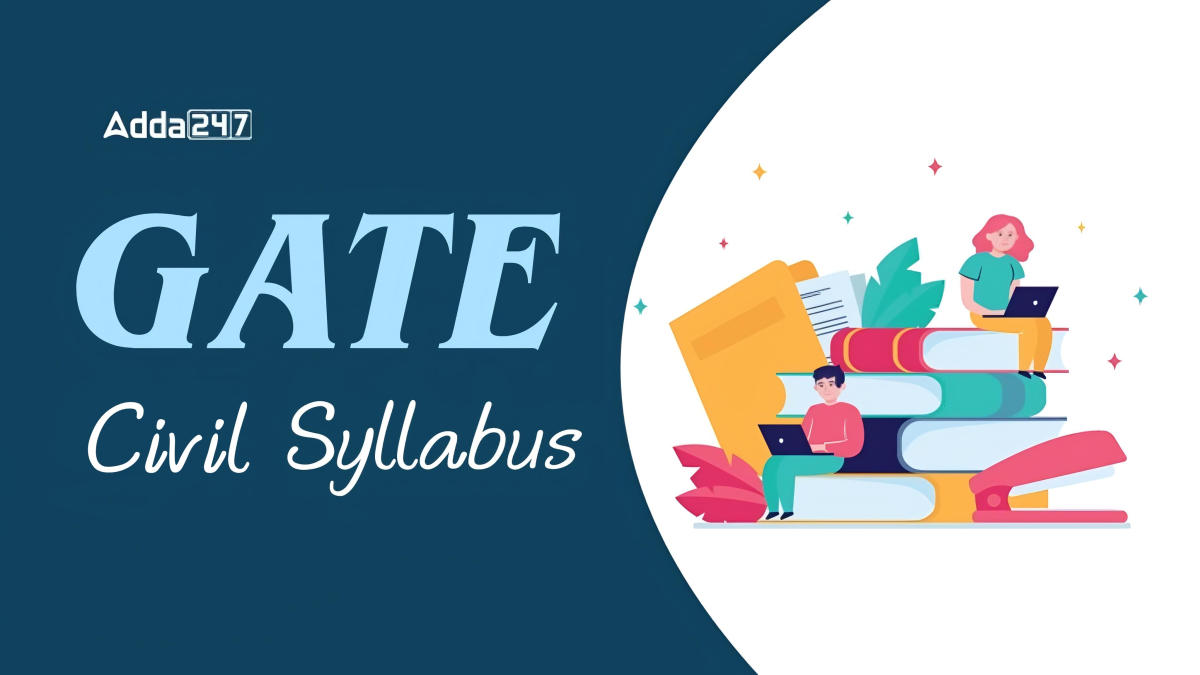
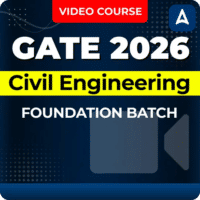

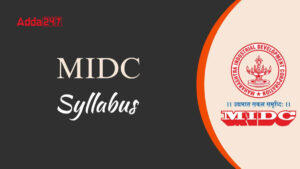 MIDC Syllabus 2025 and Exam Pattern, Che...
MIDC Syllabus 2025 and Exam Pattern, Che...
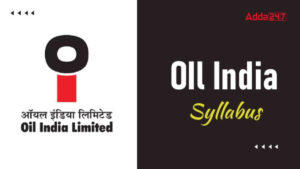 Oil India Syllabus 2025 and Exam Pattern...
Oil India Syllabus 2025 and Exam Pattern...
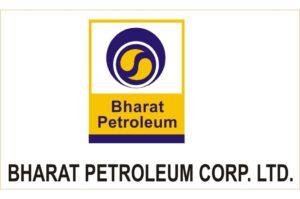 BPCL Syllabus & Exam Pattern 2025, D...
BPCL Syllabus & Exam Pattern 2025, D...

